
Swedish Firm Lines Up $35M Investment in Its Wave Energy Tech
to the company, it has addressed the two main challenges which have held back commercial adoption of wave energy – storm survivability and efficient power generation in normal ocean conditions.The company currently has operations in Sweden, Norway, Portugal and Scotland, and is expanding to the US West Coast.To remind, CorPower Ocean conducted ocean trials of its first commercial-scale wave energy device C4 offshore Portugal, verifying all key aspects of the system.The device has since undergone upgrades ahead of redeployment Aguçadoura in northern Portugal for the new operational phase to
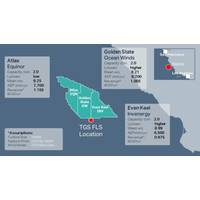
TGS Set for Offshore Wind Measurement Campaign in Morro Bay Off California
Norwegian seismic firm TGS has announced a new campaign for offshore wind and metocean measurement located in Morro Bay, off the U.S. West Coast.This initiative further expands the company's pioneering multi-client wind and metocean measurement initiatives in key global offshore wind regions.The campaign seeks to greatly enhance the industry's understanding of offshore conditions across three wind energy lease areas in Morro Bay by calibrating TGS proprietary wind models with observational data.This three-year deployment in an area with an average depth of 1,000 meters will be the first by TGS
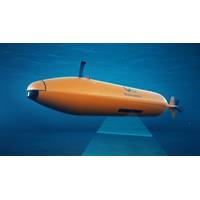
Equinor Taps Ocean Infinity for Floating Wind Farm Site Survey off California
Seabed survey and ocean research company Ocean Infinity has signed a contract with Equinor Wind US LLC, for one of the first-ever floating offshore wind farms on the US West Coast. Under the terms of this contract, Ocean Infinity will undertake a comprehensive site investigation survey using multiple AUVs (Autonomous Underwater Vehicles) simultaneously for Equinor's floating offshore wind lease area (OCS-P 0563), located in Morro Bay, offshore California.Shawntel Johnson, Director, Business Development at Ocean Infinity said: "The US West Coast with its challenging deep water topography
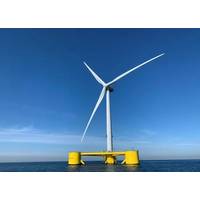
ABS Issues Safety, Technical Guideline for Floating Offshore Wind Substations
bottom substations but also includes new information for the rapidly increasing project size of global floating projects.Floating offshore wind projects worldwide have been ramping up. Since 2022, new projects have been awarded and others are advancing along the waters of Scotland, Korea and the U.S. West Coast. Existing projects are entering advanced design stages, many with aggressive timelines as regions become more focused on energy security, ABS said."This publication is the latest in ABS’ support of the offshore wind industry. We’ve been instrumental in the formulation of global
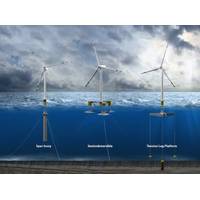
How Do Floating Wind Turbines Work?
in size to other offshore wind turbines and several times larger than the capacity of a typical onshore wind turbine you might see in a field.Why do we need floating turbines?Some of the strongest wind resources are away from shore in locations with hundreds of feet of water below, such as off the U.S. West Coast, the Great Lakes, the Mediterranean Sea and theSome of the strongest offshore wind power potential in the U.S. is in areas where the water is too deep for fixed turbines, including off the West Coast. (Image: NREL)The U.S. lease areas auctioned off in early December cover about 583 square miles
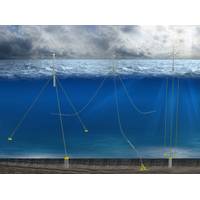
DOE Seeks Input on Mooring & Anchoring Systems for Floating Wind
create jobs and economic opportunities for U.S. communities," the DOE said.Worth noting, the Biden administration said on Tuesday that it would, on December 6, hold the first-ever offshore wind lease sale off the coast of California, which will be the first-ever offshore wind lease sale on the U.S. west coast and the first-ever U.S. sale to support potential commercial-scale floating offshore wind energy development. The administration said the sale would be critical to achieving the Biden-Harris administration's deployment goals of 30 gigawatts (GW) of offshore wind energy by 2030 and 15

Floating Offshore Wind: Attention Turns Subsea for Power Transport
high voltage power to shore because, at those water depths, fixed structures will become relatively large and heavy. Because of the increased wave load, they will need a bigger footprint and the natural period of the structure and fatigue become more important.”For countries like Japan and the US west coast, where depths drop to 700 – 900m quickly, floating will be a necessity, if they want to build out offshore wind at scale. In fact, Japan has already trialed a small, 25MVA, 1,00-tonne floating transformer at the Fukushima Forward project. Installed in 2013, a decision was recently taken
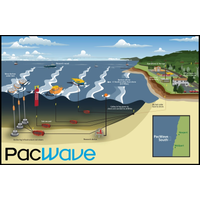
BOEM Issues Lease for Wave Energy Research Project off Oregon
State University-led PacWave South project will be the first full-scale, utility grid-connected wave energy test site in the U.S. The estimated $80 million facility is designed to allow wave energy developers the opportunity to test different technologies for harnessing the energy of ocean waves southwest of Newport, Ore.“This is the first time a lease has been issued to support the testing of wave energy equipment in federal waters off the U.S. West Coast,” said BOEM Director Amanda Lefton. “Ocean waves contain a tremendous amount of energy, and this opportunity offers exciting potential
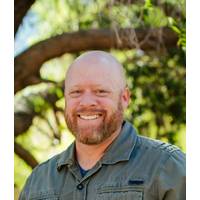
PCCI Hires Carey as Chief Engineer
for providing engineering, design, installation and program/project management services to U.S. government and commercial clients in the ocean facility and offshore energy industries.Carey is a Mechanical Engineer with experience supporting U.S. Navy, and upstream oil and gas clients on the U.S. West Coast. He has 18-years of experience in the analysis, design and installation of ship deployment systems, ocean facility installations, port security barriers, and submarine cable shore landings. He received a Bachelor of Science in Mechanical Engineering from California Polytechnic State University


 February 2025
February 2025





